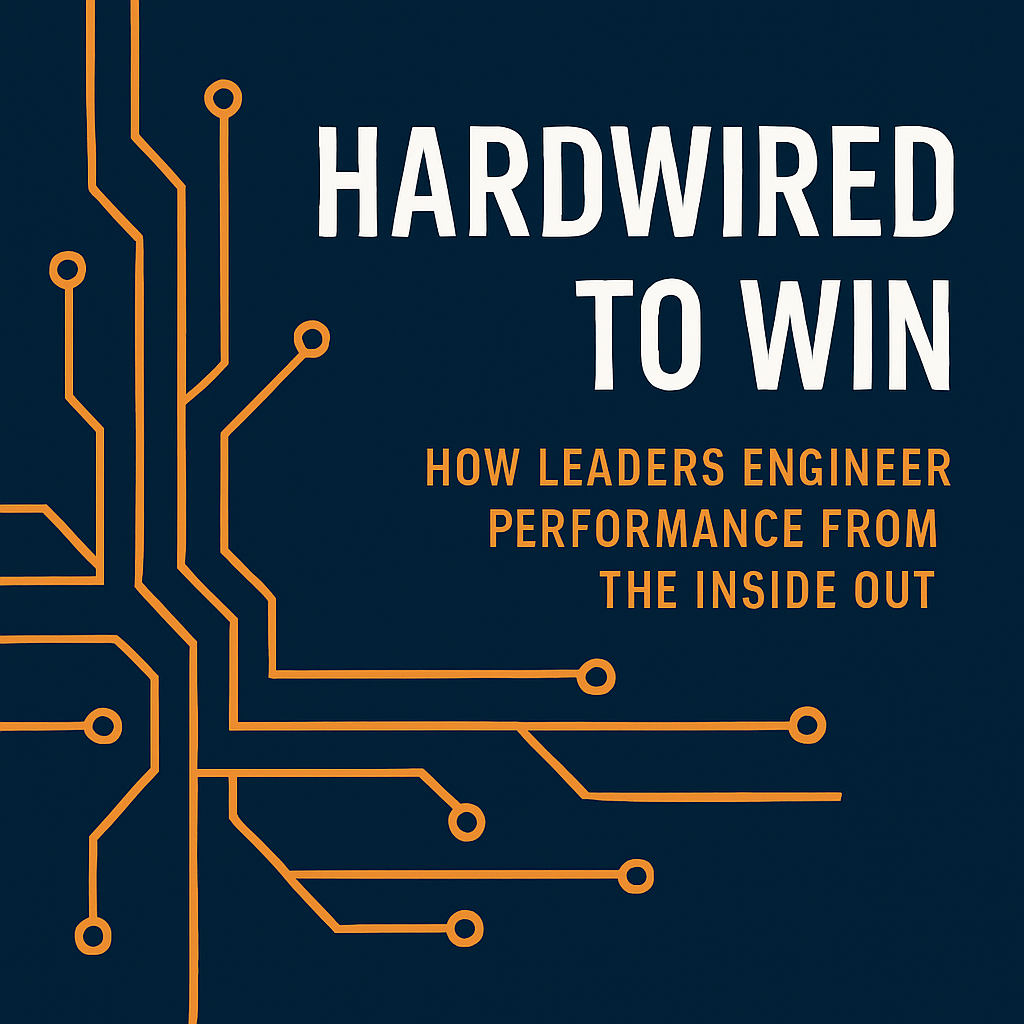
Let’s get one thing straight: most organizations are not wired to win. They’re wired to survive. To get through the quarter. To avoid disruption. To keep the machine running just enough to not get fired.
In their sharp and deeply practical book Wiring the Winning Organization, Gene Kim, Dr. Steven Spear, and Andre Martin argue that most companies operate like they’re flying blind—disconnected systems, slow signals, and lagging indicators. If you want better outcomes, you must fix the wiring.
They’re right. But let’s not stop at analysis. Let’s move to application. Because rewiring an organization isn’t an academic exercise—it’s a leadership crucible.
To wire a winning organization, you need to confront some hard truths. You need to pull apart the architecture, expose the weak circuits, and rebuild something stronger, faster, and more adaptive. And make no mistake—this is not a tech problem. It’s a leadership problem.
Here’s the uncomfortable truth: every organization is perfectly wired to get the results it’s currently getting. If you want different results—better ones—you’ll have to change the wiring. That means reengineering the way people think, decide, and act.
Let’s get to work.
Most leaders avoid restructuring because it’s messy. It disrupts the status quo. It angers sacred cows. But if your org chart was built for yesterday’s priorities, it’s already obsolete.
Winning organizations flatten the noise and shorten the path from insight to action. That means fewer layers. Less permission-seeking. More cross-functional autonomy.
Ask yourself: Where in my organization do good ideas go to die? Trace that death back to the structure. Chances are, your wiring diagram (aka your org chart) is more about power preservation than performance acceleration.
And let’s be honest: you may be part of the bottleneck.
Culture is not what’s written on the wall; it’s what gets tolerated in the hallway. It’s the current running through every meeting, Slack message, and customer interaction. If you want a winning culture, you have to wire it into the daily experience.
That means:
Winning cultures are not created by charisma—they are engineered through consistency.
Most organizations confuse motion with progress. Teams are busy. Deadlines are hit. But the energy is scattered like an untuned orchestra.
Winning requires strategic coherence—alignment of goals, language, metrics, incentives, and execution. And alignment isn’t a one-time event; it’s a constant calibration.
Are your managers rewarded for hitting siloed KPIs that undermine company-wide goals?
Is your front line clear on what “winning” looks like this quarter?
Are your meetings just status updates—or are they alignment accelerators?
If the answer is no, your wiring is frayed.
Speed doesn’t come from better project management software. It comes from clarity and trust.
Slow organizations are stuck in approval loops, legacy processes, and fear-based leadership. Every delay is a symptom of distrust.
Winning organizations wire in velocity—by making the path from decision to action as short as possible.
Speed is a byproduct of courage. If your team hesitates, look in the mirror. Have you created a culture of hesitation… or one of decisiveness?
Most organizations struggle with accountability not because people are lazy, but because leaders are conflict-averse.
Accountability isn’t about blame. It’s about clear expectations, consistent feedback, and courageous conversations.
Want to wire a winning team? Normalize uncomfortable conversations. Build the muscles for radical candor and real-time correction.
If your top performers are frustrated, chances are they’re tired of carrying teammates who are never called out or called up.
Wiring for accountability means creating systems where the standard is protected—not politely ignored.
Here’s a question: who actually has the power in your organization? The person on the org chart—or the one everyone goes to for answers?
Winning organizations align formal structure with informal influence.
That means:
If your org chart is fiction, your performance will be too.
Great organizations don’t just optimize departments. They optimize interactions between departments. Because that’s where execution lives or dies.
Most wiring diagrams are built vertically—Sales, Marketing, Ops, Finance. But value creation runs horizontally—from customer need to customer solution.
Ask: Where does handoff become drop-off?
If teams protect their turf more than they protect the mission, you don’t have a wiring issue—you have an identity crisis.
The leader sets the tone. The tempo. The tolerance for ambiguity. The appetite for risk. Leaders regulate the voltage running through the system. Too little? The system underperforms. Too much? It burns out.
Winning leaders know how to:
Most importantly, they recognize that their behavior is the most powerful wiring mechanism of all.
If you say one thing and do another, your team will follow what you do. Always.
In the old economy, efficiency won. In the new economy, adaptability wins. You can’t wire your org for fixed scenarios anymore. You have to build for continuous change.
That means:
If your systems punish failure and slow iteration, you're wiring for irrelevance.
Final Charge: Rewire or Regress
There’s no such thing as a static organization. You’re either getting sharper or slower. Clearer or more confused. Closer to the win—or further from it.
You don’t accidentally build a winning organization. You wire it. Intentionally. Relentlessly. Courageously.
So if you’re a leader reading this, here’s the challenge:
Get out the schematic. Question everything. Name the bottlenecks. Rewire the defaults. Protect the standard. Light up your people.
Because average isn’t a wiring issue. It’s a leadership decision.
And the winning organization isn’t built by committee.
It’s built by leaders bold enough to rip out the old wiring—and install something built for victory.